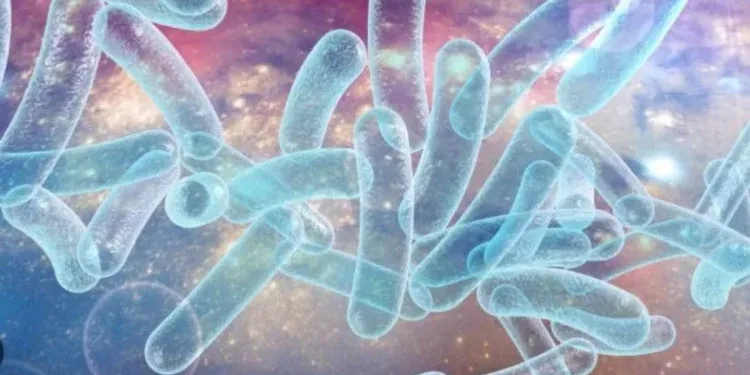Health officials in New York City are urging vigilance as a cluster of Legionnaires’ disease in Central Harlem has expanded to 99 confirmed cases and four deaths. The outbreak, which was first reported on July 25, has raised concerns across the city, prompting immediate remediation efforts and public health warnings.
Source of the Outbreak
According to the New York City Department of Health, inspectors have traced the outbreak to cooling towers serving 10 buildings in the area, including facilities connected to NYC Health + Hospitals/Harlem. These towers, which use water to regulate building temperatures, can release mist into the air. If that water becomes stagnant, warm, or improperly treated, it can harbor the Legionella bacteria responsible for Legionnaires’ disease.
Testing confirmed that 12 cooling towers contained the bacteria. Health officials say 11 of the 12 towers have already been repaired, with the final tower expected to be remediated within days.
Public Health Assurances
To address public concerns, health officials clarified that plumbing and drinking water systems are completely separate from cooling tower systems in affected buildings. “This community outbreak is not related to a building’s hot or cold water supply,” the department said in a statement. “Residents in these ZIP codes can continue to drink tap water, bathe, shower, cook, and use their air conditioners without concern.”
Declining Case Numbers
Acting Health Commissioner Dr. Michelle Morse confirmed that inspections are ongoing and that building owners are being required to comply with testing and remediation protocols. Encouragingly, the number of new cases is beginning to fall.
“The good news is that new cases have begun to decline, which indicates that the sources of the bacteria have been contained,” Morse said. “New Yorkers who live or work in the identified ZIP codes and have flu-like symptoms should contact a health care provider immediately for diagnosis and treatment.”
Understanding Legionnaires’ Disease
Legionnaires’ disease is a severe form of pneumonia caused by inhaling water droplets contaminated with Legionella bacteria. Symptoms typically develop within two to ten days of exposure and may include:
- Cough
- Fever
- Headache
- Muscle aches
- Shortness of breath
The disease is treatable with antibiotics. However, according to the World Health Organization (WHO), untreated cases can escalate quickly, leading to septic shock and multi-organ failure.
The U.S. Centers for Disease Control and Prevention (CDC) estimates that about 10% of infected individuals die from complications, with older adults, smokers, and those with weakened immune systems at highest risk.







